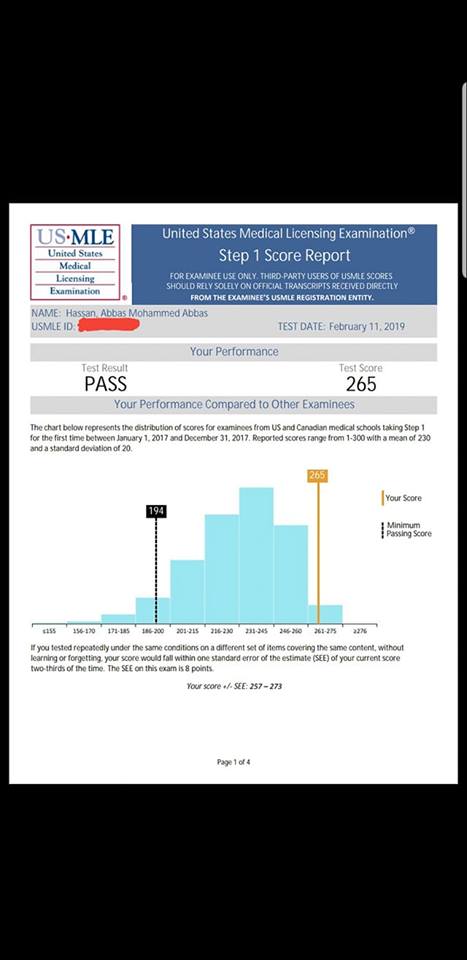
Įxtracellular hormones, such as glucagon and epinephrine, begin an intracellular signalling cascade that triggers protein kinase A activation by first binding to a G protein–coupled receptor (GPCR) on the target cell. In contrast, experimentally induced supra physiological concentrations of cAMP, meaning higher than normally observed in cells, are able to cause separation of the holoenzymes, and release of the catalytic subunits. However, recent studies evaluating the intact holoenzyme complexes, including regulatory AKAP-bound signalling complexes, have suggested that the local sub cellular activation of the catalytic activity of PKA might proceed without physical separation of the regulatory and catalytic components, especially at physiological concentrations of cAMP. PKA is also commonly known as cAMP-dependent protein kinase, because it has traditionally been thought to be activated through release of the catalytic subunits when levels of the second messenger called cyclic adenosine monophosphate, or cAMP, rise in response to a variety of signals. Overview: Activation and inactivation mechanisms of PKA Activation regulatory subunit type II - PRKAR2A, PRKAR2B.regulatory subunit type I - PRKAR1A, PRKAR1B.catalytic subunit – PRKACA, PRKACB, PRKACG.The following human genes encode PKA subunits: In both types, once the catalytic subunits are freed and active, they can migrate into the nucleus (where they can phosphorylate transcription regulatory proteins), while the regulatory subunits remain in the cytoplasm. Mammalian cells have at least two types of PKAs: type I is mainly in the cytosol, whereas type II is bound via its regulatory subunits and special anchoring proteins, described in the anchorage section, to the plasma membrane, nuclear membrane, mitochondrial outer membrane, and microtubules. There are two major forms of regulatory subunit RI and RII. The regulatory subunit has domains to bind to cyclic AMP, a domain that interacts with catalytic subunit, and an auto inhibitory domain.
#Nbme 19 allosteric activator series#
The catalytic subunit contains the active site, a series of canonical residues found in protein kinases that bind and hydrolyse ATP, and a domain to bind the regulatory subunit. When inactive, the PKA holoenzyme exists as a tetramer which consists of two regulatory subunits and two catalytic subunits. In 1991, Susan Taylor and colleagues crystallized the PKA Cα subunit, which revealed the bi-lobe structure of the protein kinase core for the very first time, providing a blueprint for all the other protein kinases in a genome (the kinome).


Stan McKnight and others identified four possible catalytic subunit genes and four regulatory subunit genes. The diversity of mammalian PKA subunits was realized after Dr. PKA is one of the most widely researched protein kinases, in part because of its uniqueness out of 540 different protein kinase genes that make up for human kinome, only one other protein kinase, casein kinase 2, is known to exist in a physiological tetrameric complex, meaning it is made up of four subunits. They won the Nobel Prize in Physiology or Medicine in 1992 for their work on phosphorylation and dephosphorylation and how it relates to PKA activity.

Protein kinase A, more precisely known as adenosine 3',5'-monophosphate (cyclic AMP)-dependent protein kinase, abbreviated to PKA, was discovered by chemists Edmond H.


 0 kommentar(er)
0 kommentar(er)
